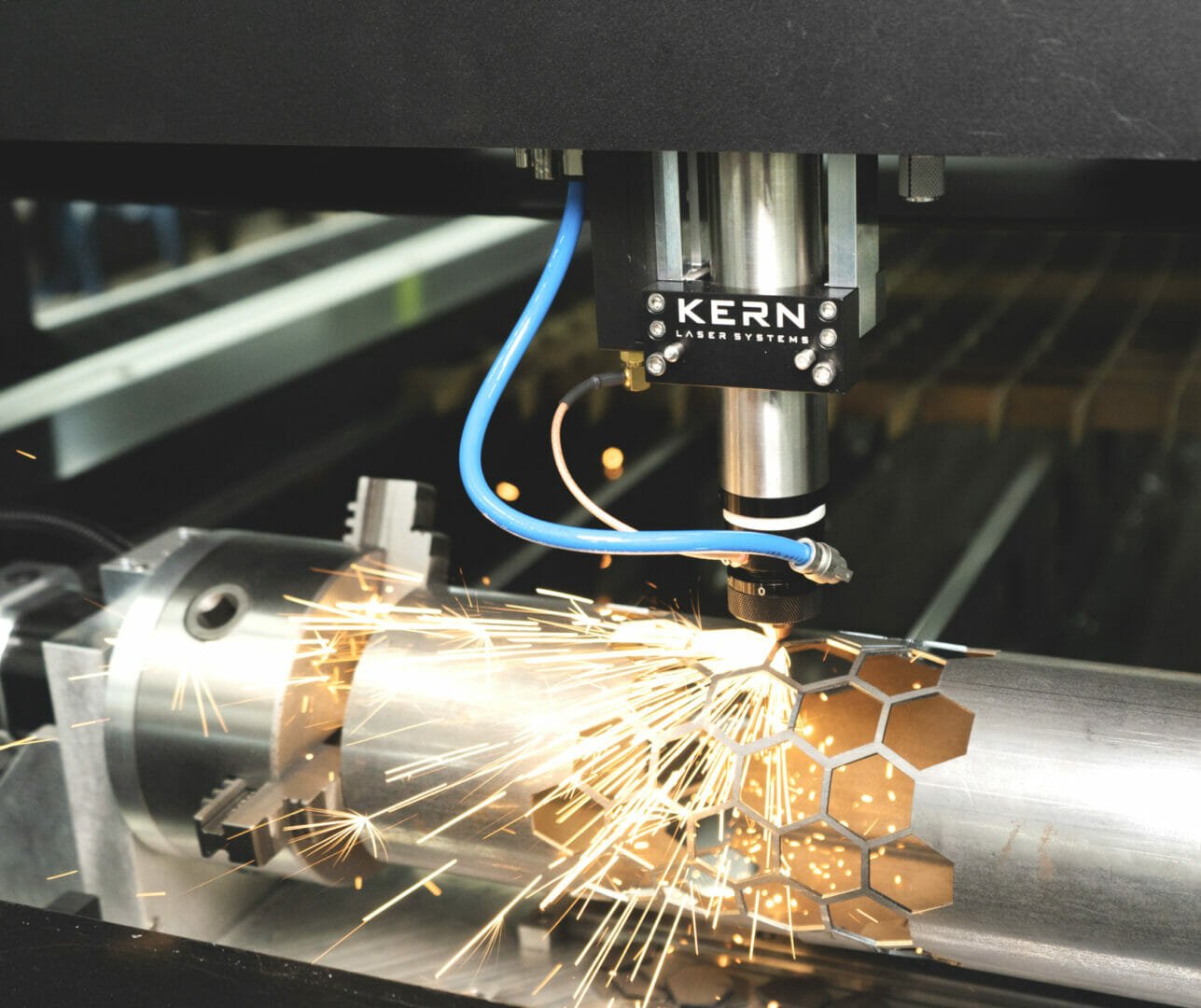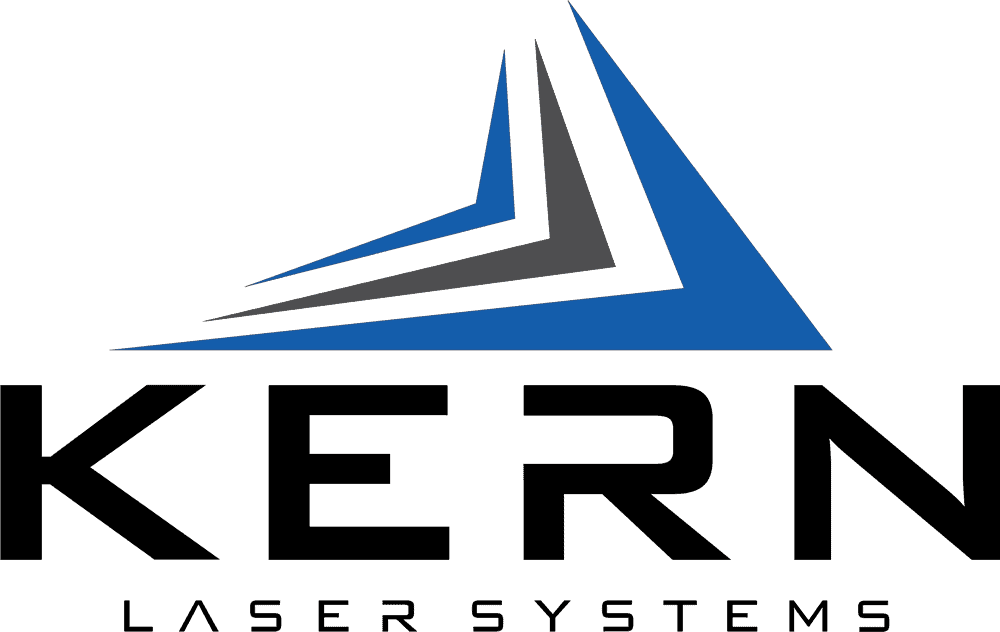Artificial Intelligence (AI) has been one of the major topics of 2023 so far, with new achievements in prompt-based image and text generation leading to widespread speculation about its role in our future and its potential crossover applications in many industries.
AI and machine learning will likely play a role in the manufacturing sector too, taking existing communication between connected machines on the Internet of Things (IoT) further than ever before.
A current AI-related concept with relevance to manufacturing is I/O (input/output), which refers to the transfer of data between systems. I/O allows machines to communicate with each other during the manufacturing process.
What is I/O and What Are its Benefits?
I/O is used to control machines, and it can reduce or eliminate some manual processes and improve efficiency.
 As an example, I/O can be used to signal to a worker when the processing of a part is complete. In this case, after loading and setting up the laser system to process a part, a worker would be able to move to another area of the workspace to work on another part or another step of the process. When the laser system was finished running, it would send a “done” output signal to a light fixture located prominently in the workspace. This would signal to the worker that the laser had completed its job and the next part could be loaded. Instead of waiting near the laser while it ran its process, the worker was free to make progress on other work tasks.
As an example, I/O can be used to signal to a worker when the processing of a part is complete. In this case, after loading and setting up the laser system to process a part, a worker would be able to move to another area of the workspace to work on another part or another step of the process. When the laser system was finished running, it would send a “done” output signal to a light fixture located prominently in the workspace. This would signal to the worker that the laser had completed its job and the next part could be loaded. Instead of waiting near the laser while it ran its process, the worker was free to make progress on other work tasks.
I/O can also eliminate some space for user error since I/O-enabled machines may not need to be manually started and stopped or manually loaded as often.
Kern laser systems are often used by customers as a part of multi-step manufacturing processes, in which the laser table is one stop on the final manufactured product’s journey to a customer. One example of the way I/O can be applied in these processes is by loading and unloading parts from a laser cutting machine. This would involve the laser system sending an output signal to another piece of computer-controlled machinery in the shop—for example, a robotic arm—when the laser has finished processing the part. This “done” output signal would prompt the robotic arm to unload the finished part from the laser table and load the next part for processing.
In manufacturing processes, including laser cutting and engraving, inputs, and outputs (I/O) sent between machines are already making processes faster and leaving less potential for human error. In addition to communication between pieces of computer-controlled industrial equipment, I/O can also be used to provide IoT (Internet of Things) data-gathering and communication capabilities. Several Kern customers are using I/O not so much to send signals during manufacturing, but instead to monitor their laser usage and collect data during their manufacturing processes. Data collection is another major benefit of I/O. I/O could, for example, be used to monitor which work shifts a laser cutter is being used on and other related data. This provides deep insight into elements of the manufacturing process and can shed light on opportunities for workflow improvements that might be missed otherwise.
Some worry that the use of advanced machine communication and machine learning in manufacturing will eliminate human jobs and livelihoods as workers are replaced with machines, but that is an oversimplification of the truth. Integrating I/O into manufacturing processes can also create jobs and generate opportunities for the development of advanced professional skills for workers. It can be a job transformer rather than a job eliminator. Skilled workers are needed to program and troubleshoot I/O-enabled machinery, and there are many complex tasks people perform much better than machines. Using I/O can also lead indirectly to fewer workplace injuries and greater worker retention since some heavy manual labor tasks can be left to machines.
I/O Capabilities of Kern Laser Systems
Limited I/O capability is standard on Kern laser cutting and engraving machines, but an extended I/O module can be added to lasers when requested by customers with needs for more advanced I/O integration.
We’ve given a couple of simple examples of the kinds of functions I/O can perform above, but more complex I/O integrations are possible, with a variety of potential inputs and outputs that can be sent and received by machines. Examples of other inputs and outputs include: Start and Stop, Fault Error outputs to signal when a problem has occurred, Done, constant “on” output, and pulsed output.
Many more advanced I/O integrations need to be thought through on a more custom, made-to-order basis. In addition to the basic I/O capabilities offered standard on our laser systems, and the extended I/O module we offer as an additional option, Kern is also able to work directly with customers to develop solutions that meet or exceed their I/O needs. Reach out if you have a manufacturing problem you think might be solvable through I/O.



